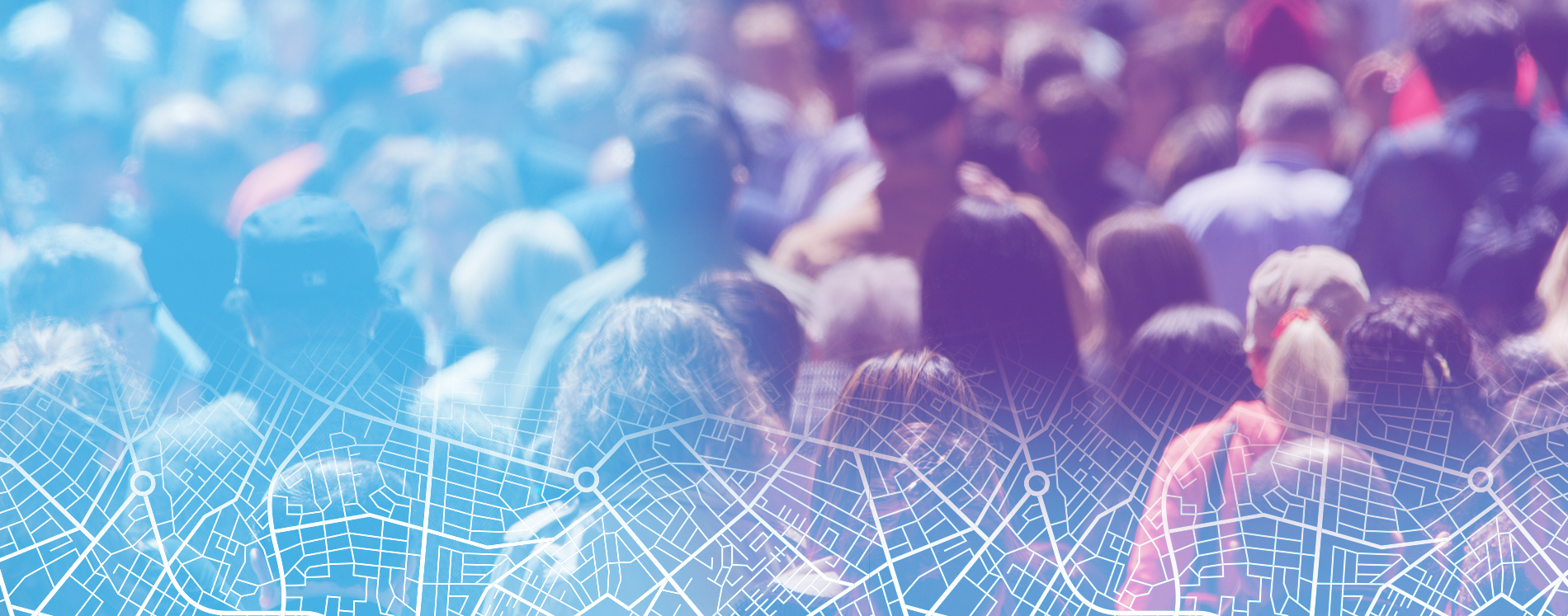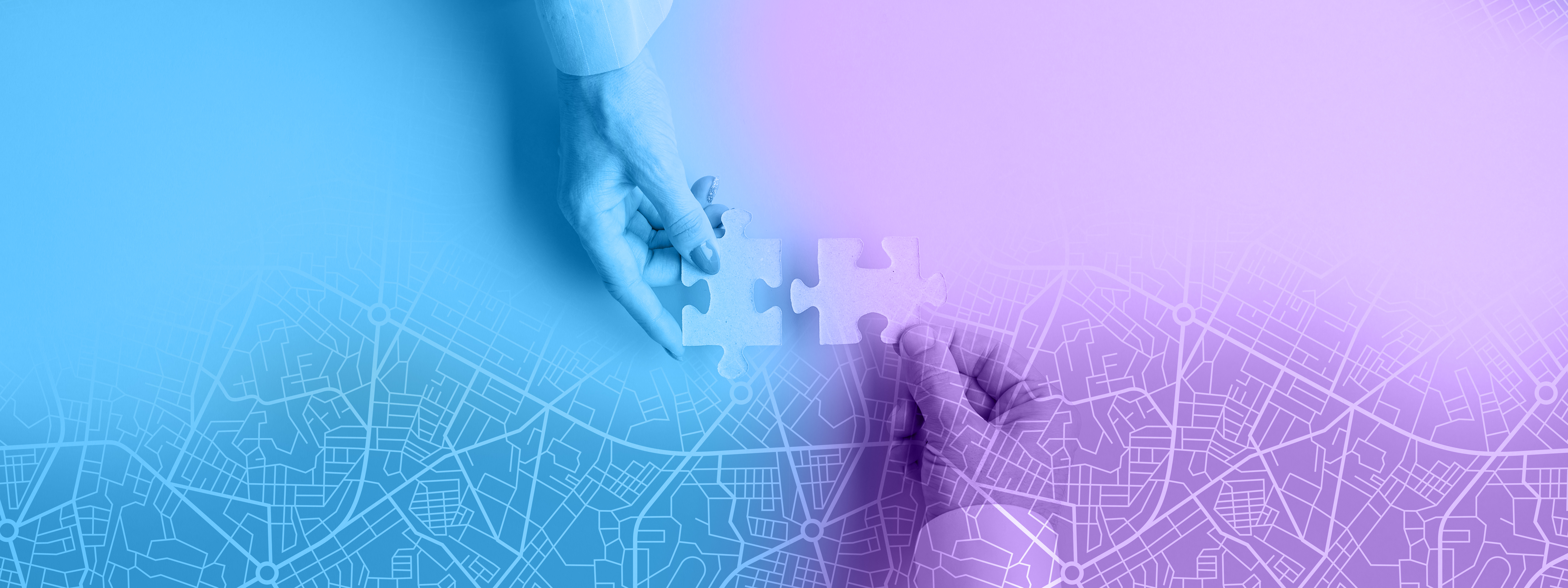IncluCities vernissage highlighted migrant voices

“When I got on that boat, I knew it was a lottery. Before we got in, they told us we only had a 30 per cent chance of arriving… Even though there were many of us in the boat, everyone was alone against the sea. Now, this is my sea.” After Mike left Ghana, he made it to Capaci and joined the Tutti Capaci initiative. This IncluCities buddy project paired him with Leonardo, a friend and a buddy from the local community. Mike’s story was one of the stories showcased at the IncluCities vernissage.
The IncluCities organised the vernissage to highlight its accomplishments in the last few years. To further promote the action plans of the partaking cities, the event was called “People Make the City”, inspired by Mechelen’s 'De Mensen Maken de Stad' The aim was to feature people the project talks about in different local contexts and tell stories behind the images.
Mechelen, The City of Brussels, Schaerbeek and Fuenlabrada worked with Levadia, Capaci, Jelgava and Saint Jean de la Ruelle to exchange best practices, improve local inclusion of migrants, and change the narrative on migration.
Following three years of diligent effort, partners, friends and organisers of the IncluCities project came together at one of its final events. Participants from all around Europe gathered at a vernissage to present the project´s achievements through moving photographs of migrant women and men while local representatives partaking in the initiative retold their stories to reinforce the values of collaboration, unity, and a diverse future.
Stories and poems
The IncluCities vernissage showcased photographs from four mentee cities to highlight the voices of migrants and their coexistence with the local community. To achieve that, representatives from all participating municipalities shared their experience working on the initiative. Retelling the stories of migrants, be it leaving Ukraine, Africa or the Middle East, the visitors got a unique look into what it is like being on the move and becoming a part of a new community.
The city of Saint Jean de la Ruelle took a different approach and offered the guests a poem called Eldorado by the French writer Laurent Gaudé. The piece puts a more emotional perspective on the life of migrants before they leave their home country:
“We´re leaving the street of our life. We´ll never buy anything from the shops on this street again. We´ll never drink tea here again. Soon these faces will become blurred and indistinct in our memories.”
Creating common spaces
To continue with the event's theme, the vernissage was accompanied by traditional live Turkish music by the musical group Tatyos Ensemble. The concert further supported the inspiring and relaxed atmosphere of the evening, creating an ideal atmosphere for networking and exchanging thoughts about the project.
When reminiscing about their experience with IncluCities, local and regional representatives mostly valued the common space for sharing their thoughts and best practices with those with less background in migration.
Javier Bokesa from the Coexistence board of the municipality of Fuenlabrada appreciated the IncluCities initiative: “Even though we might have been at different stages of executing it, we have a common goal. And the solutions some of the cities have implemented may help other cities by looking at them from another perspective.”
Representatives from their mentee city, Levadia, also shared this impression. Betty Geraga appreciated learning from cities with a long-standing practice with migration: “Because of that, we could help the people in our lovely community to integrate.”
Building inclusive spaces with migrants
Among the guests of the vernissage were members of various associations and European Institutions. Razan Ismail, founder and director of Association Kudwa in Barcelona, but once a refugee from Syria, mirrored the partners' experience in her work towards the inclusion of refugees and migrants. Particularly women in the political discourse in Spain. Being an active agent of change in Barcelona, she offered valuable insight into the inclusion of migrants into the local communities.
“It is not only about giving them enough information. You have to give them a welcome feeling, so they feel that they own their places and decisions.” She pointed out that when we are codesigning cities, we need to think about what it is like to be a newcomer, be it a woman or a man: “Cities focus on the labour market, but they often don’t think about having an inclusive place for everyone to call home.”
Creating similarities
Throughout its three years, the IncluCities project searched for a way to overcome the usual narrative about newcomers by focusing on the similarities people share rather than their differences.
As a way to celebrate the success of this idea, the exhibition was a unique opportunity for IncluCities partners, local and regional representatives and CEMR friends and colleagues to meet, network and exchange experiences. But what is perhaps even more important is to make plans about future collaborations and take stock of the successful three years for their upcoming challenges at the local level.

